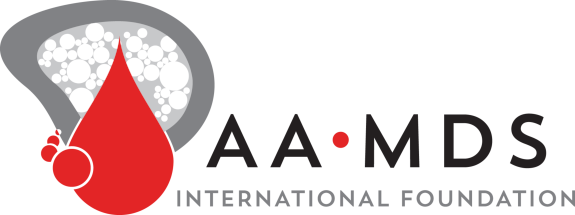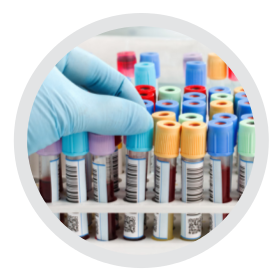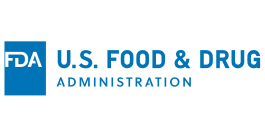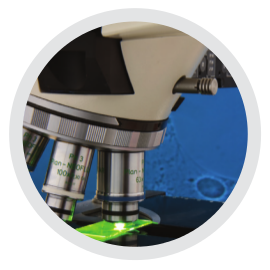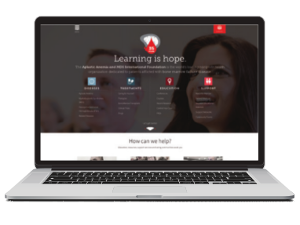Amidst all of our individual stories, we have witnessed moments of courage and a lifetime of hope with our fundamental wish being to see a future where bone marrow failure disease is treatable.
- 1983
- 1984
- 1989
- 1993
- 1994
- 1997
- 1999
- 2000
- 2002
- 2004
- 2005
- 2006
- 2007
- 2008
- 2009
- 2010
- 2011
- 2012
- 2013
- 2014
- 2015
- 2016
- 2017
- 2018
- 2019
- 2020
- 2021
- 2022
- Now
1983 »
Orphan Drug Act Bill is approved and President Reagan signs into law in January, 1983.
Parents of young aplastic anemia patient establish the Aplastic Anemia Foundation with the help of physicians from Johns Hopkins University.
« 1984 »
Orphan Drug Act Amendment: rare disease is defined as fewer than 200,000 diagnosed annually.
« 1993 »
The Aplastic Anemia Foundation establishes a Medical Advisory Board. Founding members who are still serving include Dr. Neal Young and Dr. Joachim Deeg.
« 1994 »
Foundation expands its scope to create educational materials and a volunteer network for MDS patients and families.
« 2000 »
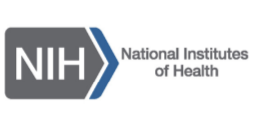
NIH Establishes clinicaltrials.gov
Foundation officially changes its name to the Aplastic Anemia and MDS International Foundation (AAMDSIF).
« 2002 »
Rare Diseases Act signed establishing the NIH Rare Disease Clinical Research Network.
First Patient and Family Conference held in Denver, Colorado.
« 2005 »

FDA approves Revlimid® (lenalidomide) as a therapy for the treatment of myelodysplastic syndromes (MDS).
FDA approves Exjade® (deferasirox) as a once daily oral iron chelator approved for chronic iron overload due to blood transfusion dependent thalassemia.
First International Scientific Symposium is held in the greater Washington, D.C. area with world-renowned faculty.
« 2007 »
FDA approves Soliris® (eculizumab) as a therapy for paroxysmal nocturnal hemoglobinuria (PNH).
« 2008 »
First collaboration with Cleveland Clinic at the annual American Society of Hematology conference.
« 2009 »
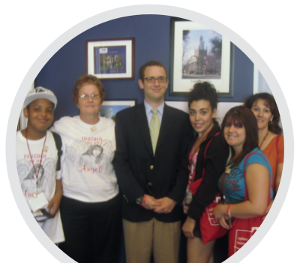
Inaugural March for Marrow Indianapolis is organized. Previously called Hope, Steps and a Cure.
30 research grants awarded since 2000.
« 2010 »
Rare disease office established at the FDA: Center for Drug Evaluation and Research, Office of New Drugs.
« 2011 »
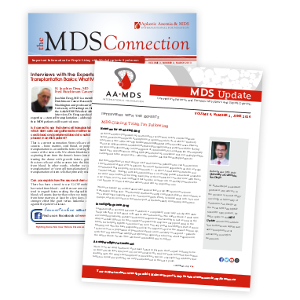
The MDS Update newsletter is published connecting patients and families with news, research, and expert opinions.
« 2012 »
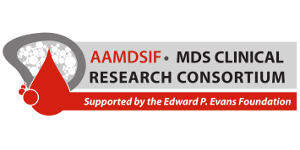
The MDS Clinical Research Consortium is established with funding received from the Edward P. Evans Foundation. Members include Cleveland Clinic Taussig Cancer Institute, Dana-Farber Cancer Center, Sidney Kimmel Comprehensive Cancer Center at Johns Hopkins, H. Lee Moffitt Cancer Center and Research Institute, MD Anderson Cancer Center, Weill Cornell Medicine Leukemia Program.
« 2015 »
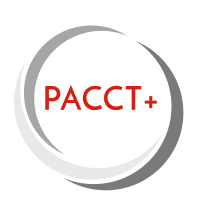
AAMDSIF establishes The Patient Advisory Committee for Clinical Trials (PACCT+) with a grant received from The Patient Centered Outcomes Research Institute.
« 2017 »
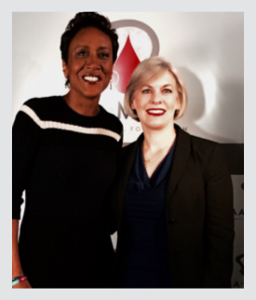
AAMDSIF held its first International Regional Bone Marrow Failure Disease Symposium in León, Guanajuato, Mexico.
« 2018 »
Since 1989, AAMDSIF has awarded 92 research grants focused on bone marrow failure disease totaling more than $5M.
U.S. Food and Drug Administration approved ravulizumab-cwvz (ULTOMIRIS) for the treatment of paroxysmal nocturnal hemoglobinuria (PNH) in adult patients.
« 2019 »
AAMDSIF launched the Map of Specialists for patients to find an expert in their disease.
AAMDSIF hosted its first podcast - Podcast for Patients series.
AAMDSIF began offering all educational materials for digital download.
« 2020 »
AAMDSIF took the lead by offering a COVID-19 webinar for patients diagnosed with bone marrow failure only 10 days after the lockdown was declared.
AAMDSIF began offering virtual support groups for patients and families in April.
AAMDSIF held its first all-virtual, interactive, Patient and Family Conference in April.
U.S. Food and Drug Administration approved luspatercept-aamt (REBLOZYL, Celgene Corporation) for the treatment of anemia failing an erythropoiesis stimulating agent and requiring 2 or more red blood cell (RBC) units over 8 weeks in adult patients with very low- to intermediate-risk myelodysplastic syndromes with ring sideroblasts (MDS-RS) or with myelodysplastic/myeloproliferative neoplasm with ring sideroblasts and thrombocytosis (MDS/MPN-RS-T).
U.S. Food and Drug Administration approved Inqovi (decitabine and cedazuridine) tablets for treatment of adult patients with myelodysplastic syndromes.
« 2021 »
U.S. Food and Drug Administration approved Empaveli (pegcetacoplan) injection to treat adults with paroxysmal nocturnal hemoglobinuria (PNH), a rare, life-threatening blood disease. Empaveli is the first PNH treatment that binds to complement protein C3.
U.S. Food and Drug Administration approved Ultomiris (ravulizumab-cwvz) injection to treat patients aged one month and older with paroxysmal nocturnal hemoglobinuria (PNH). Ultomiris is the first PNH treatment approved for children.
AAMDSIF Launched Global PNH Patient Registry.
« 2022 »
AAMDSIF held its first hybrid conference for patients and families utilizing an interactive platform for online participation.
AAMDSIF created a free, downloadable, health emergency card.
GVHD Interactive Provider Network began.
Initial Health Professionals Conference: Providing Equitable and Inclusive Care to Patients with Bone Marrow Failure.
AAMDSIF creates Aplastic Anemia and PNH patient toolkits.
AAMDSIF awards 100th Research Grant.
« Now
Created the "Living with PNH" feature to help PNH patients manage life after diagnosis.
Now more than 40 years later, the Foundation continues its work serving as the patient voice in advocacy and partnering with the pharmaceutical industry. We provide education and information to health professionals and patients diagnosed with aplastic anemia, MDS, PNH, and AML.

